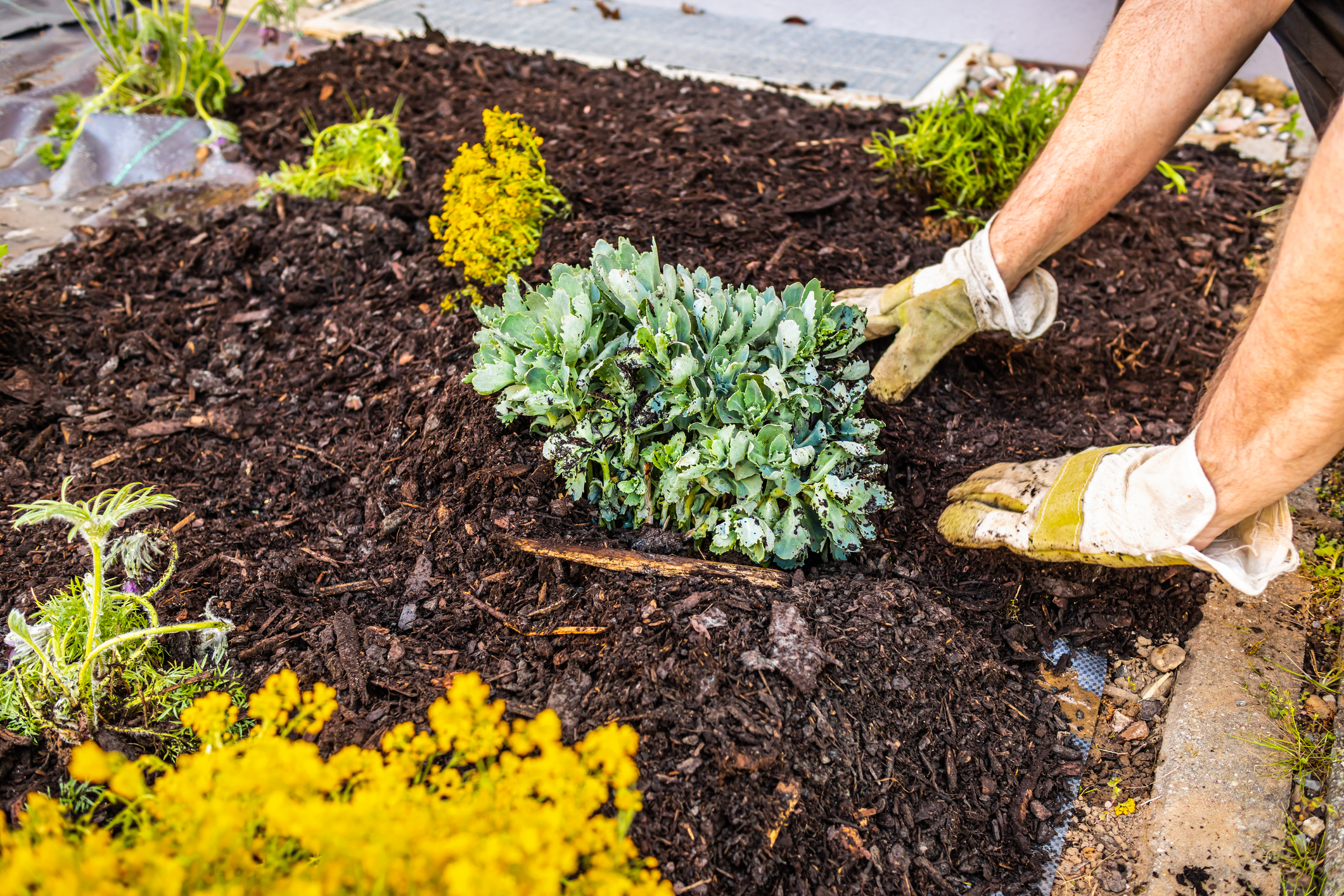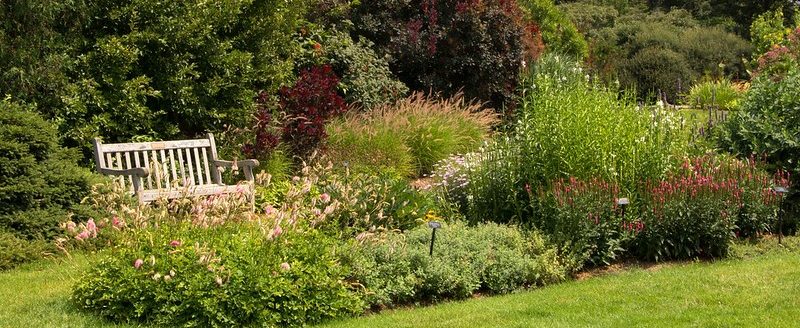Gardens will thank you very ‘mulch’ during summer heat

Mulches benefit gardens throughout the year, but they are particularly helpful during the heat of summer, said University of Missouri Extension horticulturist David Trinklein.
Maintain 2-4 inches of an organic mulch to keep the soil cool. This promotes root growth and curbs soil moisture loss. Mulch also prevents the germination of weeds by blocking sunlight, said Trinklein. Finally, organic mulches improve soil structure as they decompose and add nutrients to the soil.
Choose the right kind of material for mulch from the many that are available, said Trinklein. Examples include dried grass clippings, shredded leaves, pine needles and ground softwood tree bark.
Some gardeners follow recent trends to recycle and use ground-up shipping pallets as a source of mulch. Shipping pallets are constructed from less valuable hardwoods such as cottonwood or sycamore. “Wood chip mulches tend to break down more rapidly than softwood mulches such as pine bark or shredded cypress,” said Trinklein.
For best results, Trinklein recommends pine bark or shredded cypress over hardwood mulches, especially for annual flowerbeds. Dried grass clippings also work well, but be cautious if herbicides were applied to the lawn, said Trinklein.
Missouri has a sizable hardwood products industry that produces bark as a byproduct. Hardwood bark is also available as a mulching material, most often in bulk. It, too, tends to break down rapidly.
Soil microbes consume nitrogen as they break down organic mulches. This results in soil microbes robbing garden plants of nitrogen as they feed on organic matter, said Trinklein. Lack of nitrogen usually results in lighter green leaf color of garden plants, weak or slow growth and even yellowing and loss of lower leaves.
Gardeners most frequently experience nitrogen deficiency problems when they plant into existing mulched areas. During planting, mulch may fall into the planting holes, which adds organic matter to decompose. Soil microbes then tie up more nitrogen.
To counter this, spread a fertilizer high in nitrogen on the soil surface before applying mulch. For mulch that already has been applied, add more nitrogen fertilizer during the growing season as the mulch decomposes.
Sour mulch has become a problem in recent years, Trinklein said. “Basically, sour mulch is mulch that has decomposed improperly,” he said. “The result is a foul-smelling mulch that often gives rise to compounds toxic to plants. Symptoms such as leaf scorch, defoliation or death of the plant can result from sour mulch.”
While sour mulch is not common, the tendency of hardwood mulches to break down more rapidly makes them more likely to become sour than softwood mulches. Good mulch should have the aroma of freshly cut wood or good garden soil. Sour mulches smell of ammonia, sulfur, vinegar or, perhaps, silage.
“The benefits of mulching greatly outweigh the concern of plant damage from sour mulch,” Trinklein said. “However, be aware of the problem and check mulches before applying,”
Once mulch is established, it may not be necessary to add new mulch every year. This is especially true in areas where it initially is applied more thickly, such as around trees and shrubs. However, a thin layer of additional new mulch often improves the appearance of the landscape. A depth of new mulch equal to the amount of decomposition that has occurred during the past season is adequate in most cases.
In an age of environmental awareness, mulches help to make gardening more sustainable, said Trinklein. Their ability to conserve water, retard weed growth and eventually add nutrients to the soil make their use a logical way to reduce the inputs needed to grow an attractive garden.


